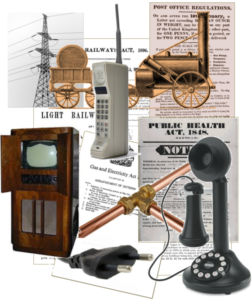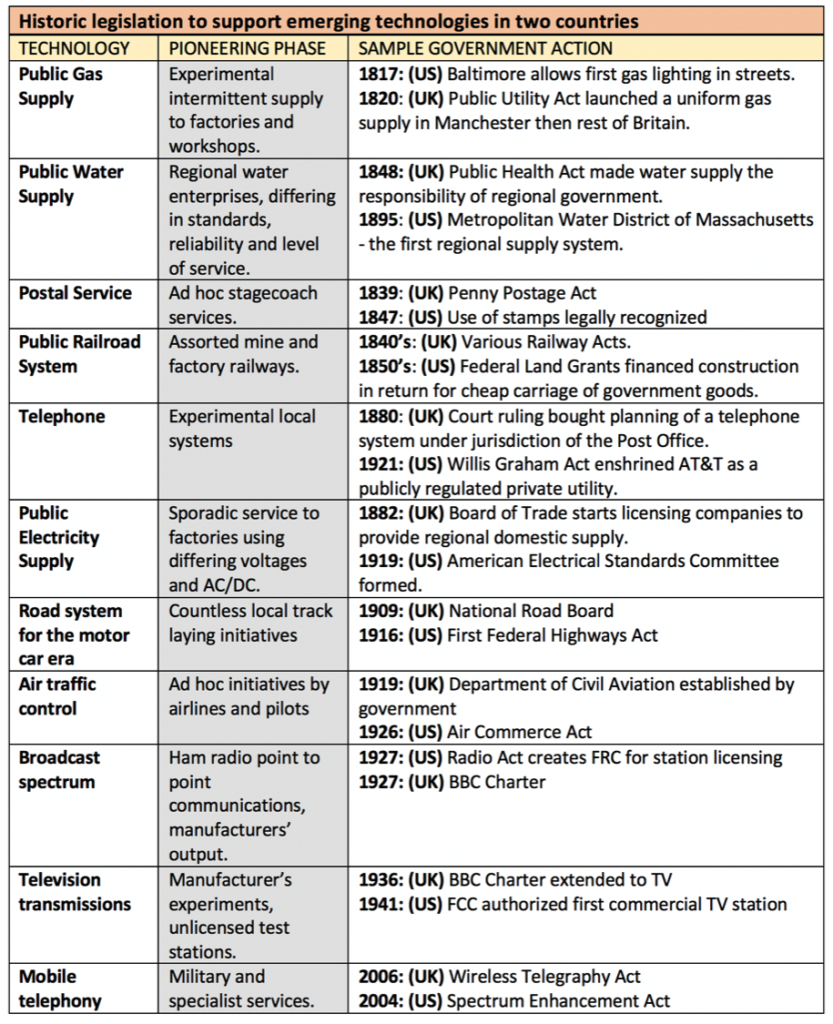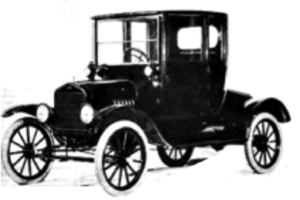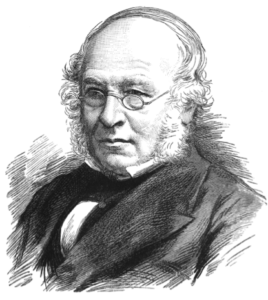 Capitalism has always needed facilities it can’t itself provide. Legal frameworks are sometimes needed to turn new technologies into universal infrastructure for growth.
Capitalism has always needed facilities it can’t itself provide. Legal frameworks are sometimes needed to turn new technologies into universal infrastructure for growth.
Water story
In 1820’s Britain, industrial pumping was a cutting edge invention. Ambitious start-ups built competing pipe systems sending water from urban rivers to well-off homes. Their product was dirty and only available at high tide. But in-home water was more convenient than taking a bucket to the riverbank. Customers loved it. Profits soared.
Meanwhile, cholera killed thousands.
 Another vision for pumping was popularized by civil servant Edwin Chadwick. He envisaged universal supply of clean water. That was only viable if local governments instigated co-ordinated reservoirs, controls on sewage, and installation of trunk pipes. A case for official action was clear: No start-up could evict homeowners to flood valleys, jail citizens emptying their waste into upstream water sources, or impose unified pipes.
Another vision for pumping was popularized by civil servant Edwin Chadwick. He envisaged universal supply of clean water. That was only viable if local governments instigated co-ordinated reservoirs, controls on sewage, and installation of trunk pipes. A case for official action was clear: No start-up could evict homeowners to flood valleys, jail citizens emptying their waste into upstream water sources, or impose unified pipes.
The statist nature of Chadwick’s concept kept it marginal for decades. But he persisted, until the 1848 Public Health Act gave local authorities power over water supply. Universal clean water, available 24/7, then eradicated cholera in the UK. Every country copied the model.
 Net an exception
Net an exception
When a genuinely potent technology emerges, it often goes through a pioneering phase with startups targeting wealthy customers. Then, more ambitious possibilities become clear, but require government to enable them.
Once a first jurisdiction broadly gets the necessary legislation right, the rest of the world scrabbles to catch-up. Our table below shows some landmark legal frameworks in the UK and US.

 In each case, the framework brought facilities only government can provide to the technology. So, for example, unfettered capitalism couldn’t deliver an organized road network for motorized vehicles; only a patchwork of random pathways set up by competing, toll-charging, landowners. It took compulsory land purchase and enforcement of rules to create today’s highways.
In each case, the framework brought facilities only government can provide to the technology. So, for example, unfettered capitalism couldn’t deliver an organized road network for motorized vehicles; only a patchwork of random pathways set up by competing, toll-charging, landowners. It took compulsory land purchase and enforcement of rules to create today’s highways.
The Internet does not appear on the list above. Government in the US and elsewhere, funded its development directly (because of the implications for defense). US authorities then simply gave Verisign Inc. an astonishing uncontested monopoly on the core infrastructure. So, the most impactful new technology of our lifetimes was not unlocked with a legal framework. It’s an outlier. Older technologies reached ubiquity in more cost effective, accountable, ways.
Five themes
Some of these frameworks covered one specific technology (e.g. electricity), others initiated possibilities stemming from a confluence of new technologies (universal postage required railways and roads). But there are five broad themes public utility versions share:
- Ambition: Pioneers of public infrastructure thought far beyond existing assumptions about what was possible. No-one had moved liquid in the quantities Edwin Chadwick envisaged. Laying rails all over Britain’s rugged terrain created engineering challenges that in some cases weren’t solved until lines converged on a gorge, with inventions like box girder bridges coming at the last minute.

- Opposition: Political intervention raises hackles. When officialdom claimed the right to legislate rules for skyways it was widely seen as overreach. Why shouldn’t the early airlines run air traffic control rather than be forced into an official system equally open to newcomers? Opponents of “government roads” made their point with pickaxed potholes. Water companies bought control of newspapers to attack the public option, even after it was law.
- Standardization kick-starts innovation: Cheap, universal, electricity demanded consistent voltage. Europe eventually settled on 230 volts, the US opted for 120. Each is a compromise: American power was safer. European cables transmitted more efficiently. But the certainty in each case spawned appliances and services unthinkable when everyone had to buy their own generator.
 Bipartisan progress: “Penny Postage” proposed by school teacher Rowland Hill, started its legislative journey in a British Tory government. After an election, rivals The Whigs continued it to fruition. Mass delivery of letters isn’t ideological.
Bipartisan progress: “Penny Postage” proposed by school teacher Rowland Hill, started its legislative journey in a British Tory government. After an election, rivals The Whigs continued it to fruition. Mass delivery of letters isn’t ideological.- Failure risks: A public option can be superior, so alternatives fade. That’s disastrous when something goes wrong. Ask anyone who survived the 2014-on water crisis in Flint, Michigan. This vulnerability explains heavy regulation of public options.
A very British solution
There’s no single funding model for public utilities. Water supply started in the heyday of municipal socialism, so local ratepayers funded many reservoirs. At the other end of the spectrum; private operators granted one of the frequencies allocated for cellphones paid governments billions.
 But the key takeaway about legal frameworks for a new technology is: regional advantage. Little Britain was first with coherent railways, water supply, and postage. We were transiting resources, and urbanizing with an increasingly literate workforce, while larger nations wondered if industrialization was yet a thing. Insensitively, Brits used that lead to build the world’s biggest empire.
But the key takeaway about legal frameworks for a new technology is: regional advantage. Little Britain was first with coherent railways, water supply, and postage. We were transiting resources, and urbanizing with an increasingly literate workforce, while larger nations wondered if industrialization was yet a thing. Insensitively, Brits used that lead to build the world’s biggest empire.
Passing the test
New technologies come along all the time. Only a handful have merited a public utility version. What’s different about them?
- They can solve a problem for government: The technology could tackle a pressing issue facing policymakers but hasn’t. An underperforming economy, diseases among people who can’t pay for a cure, social upheaval, or danger to the public aren’t a neat route to profits for tech. start-ups. They are challenges policymakers are expected to solve.
- Government controls relevant facilities: To achieve its full potential, the technology needs something only government can offer. Granting of a state-sanctioned monopoly induced AT&T to cable America with coherent telephone landlines. Legal sanctions on rogue transmitters made the broadcasting and mobile telephony spectrum dependable.
 Nearly all today’s technology challenges fail this test. Take the battle between competing protocols for audio downloads. Incompatibilities can annoy music consumers while hindering the entertainment industry and appliance makers. But that’s not a problem for politicians. Even if it was, governments are peripheral as a buyer, seller, or regulator of recorded music. They have no leverage.
Nearly all today’s technology challenges fail this test. Take the battle between competing protocols for audio downloads. Incompatibilities can annoy music consumers while hindering the entertainment industry and appliance makers. But that’s not a problem for politicians. Even if it was, governments are peripheral as a buyer, seller, or regulator of recorded music. They have no leverage.
But markets are pivotal in economic recovery, social stability, individuals’ ability to support themselves, and limiting illegal activity; all key issues in public policy. At the base of the economy, government is typically the biggest buyer of labor (directly or indirectly), it controls crucial registries, marketing channels, regulatory powers, and facilities that underpin activity. Private sector bodies can’t unlock the technologies’ potential to solve economic problems. Modern Markets meet the historical criteria for a legal framework.
→ A Public Utility Option for Modern Markets
